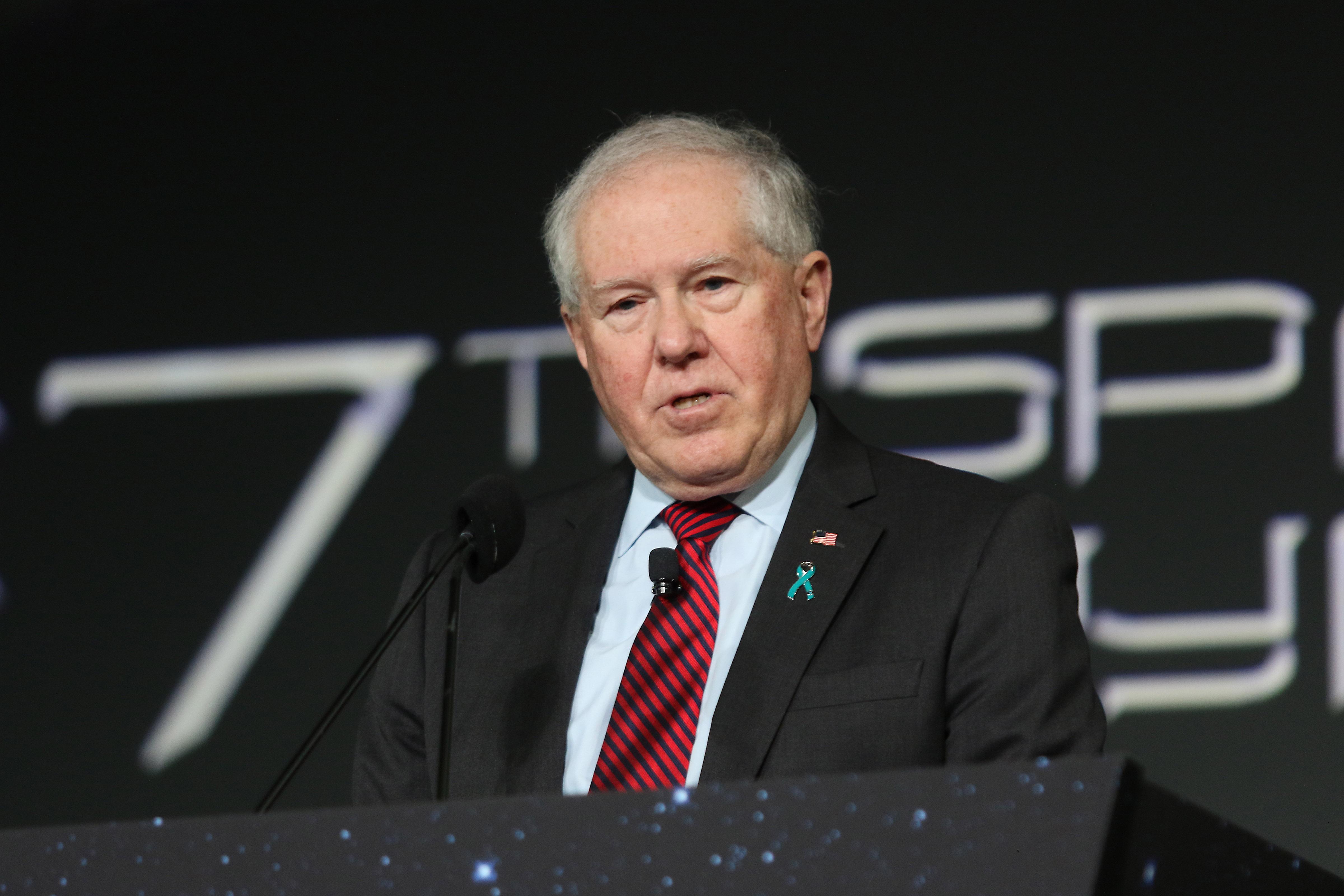Space Force Wants More Spending For Resilient Missile Tracking Quickly

COLORADO SPRINGS—The U.S. Space Force needs to transform how it can serve what Air Force Secretary Frank Kendall says is a “no-fail” mission in light of recent tests by both China and Russia.
And to do that, it will need money.
The Department of the Air Force’s fiscal 2023 budget request calls for $24.5 billion, a 40% rise from the prior year’s request. Included in this plan is $15.8 billion on research, development, test and evaluation.
While much of the new spending is from the incorporation of the Space Development Agency into the Space Force, it still represents the largest percentage rise for any of the military services, Kendall says. These numbers are likely to grow over the next few years, though the Air Force has not yet released its future years defense plan.
“[The request] will continue and accelerate the process of providing capabilities to the Air Force and Space Force that will be transformative technologically and operationally,” Kendall said during a keynote address at the Space Symposium here April 5. “The threats we face demand nothing less.”
The recent Russian direct-ascent anti-satellite test and China’s reported test of a hypersonic fractional orbital bombardment system are examples that are changing the operational reality in space, and the U.S. must respond by making its critical missions more protected.
“The United States Space Force must transform its space capabilities to increase our resiliency against these and other threats—and we must do it quickly,” Kendall says.
Chief of Space Operations Gen. Jay Raymond, in his speech at the symposium, said the “centerpiece” of the budget submission is a transformation to a resilient architecture. For example, the budget request includes $1 billion for a new resilient missile warning and tracking system.
“Resilience is more than a buzzword,” Raymond says. “Resilient space architectures can be protected, they can survive attack, they degrade gracefully when attacked, and can be rapidly reconstituted if lost.”
The Space Force’s Space Warfighting Analysis Center led the planning for this design, specifically focused on addressing challenges from modern, maneuverable missile systems, Raymond says.
Kendall says the Space Force will build the architecture incrementally, and its “underlying basis” will be having lots of different targets at different orbital regimes, making it hard for an adversary to defeat it with a single attack.
“The Department of the Air Force will invest in disaggregated missile warning and tracking capabilities from space,” Kendall says. “For me, and I know for my leadership in the administration, there are no more important areas to prioritize than missile warning and nuclear command and control.
“This investment will allow the Space Force to grow a proliferated, multi-orbit, disaggregated architecture over the next several years,” he said. “It will ensure we have resilient assets to execute this no-fail mission.”





